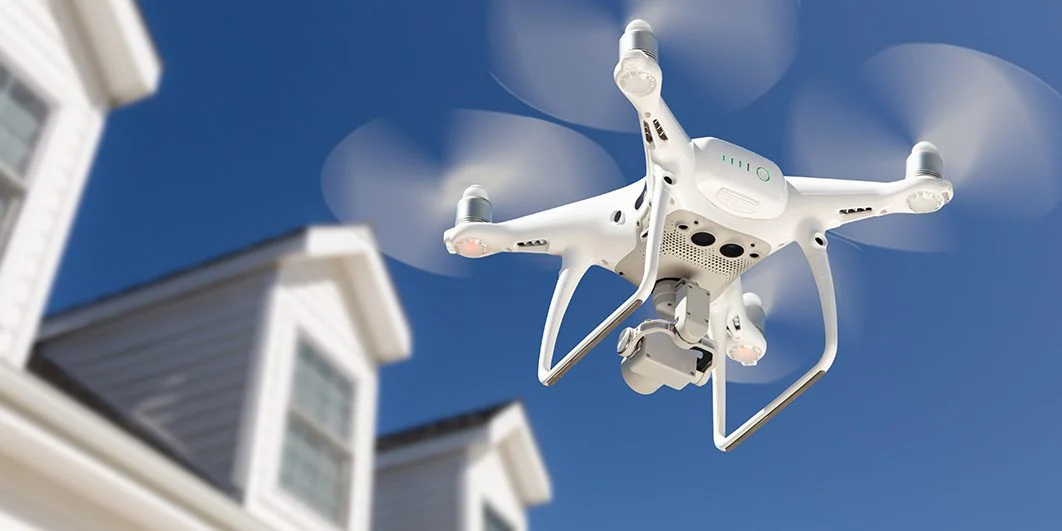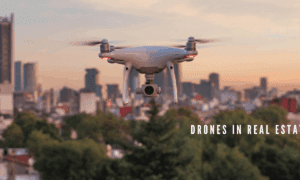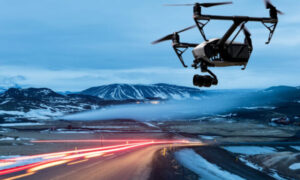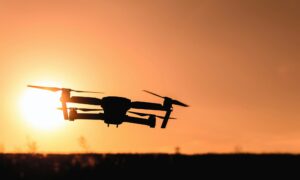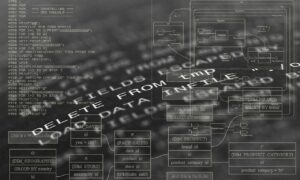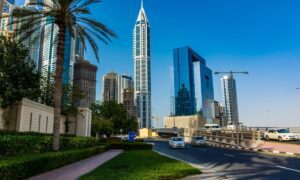Mold growth is a persistent issue in the real estate industry, affecting both residential and commercial properties. Traditionally, detecting mold required intrusive inspections, causing disruptions and potential damage to the property. However, advancements in drone technology and thermal imaging are transforming how mold detection is carried out, offering a non-invasive, accurate, and efficient solution.
For property owners, real estate investors, and environmental professionals looking for cutting-edge mold inspection services in NYC, GAC Environmental provides advanced solutions using state-of-the-art technology.
The Growing Concern of Mold in Real Estate
Mold growth can lead to severe health risks, structural damage, and legal liabilities. It thrives in moisture-rich environments and often remains hidden behind walls, ceilings, or under flooring, making traditional mold detection methods time-consuming and costly. Early detection is crucial to prevent extensive damage and costly remediation. This is where drones and thermal imaging technology play a significant role.
How Drones Are Enhancing Mold Detection
Drones, or Unmanned Aerial Vehicles (UAVs), have become an essential tool in real estate inspections, particularly for large-scale properties and hard-to-reach areas. Here’s how they are transforming mold detection:
1. Non-Invasive Inspection
Drones allow inspectors to survey entire buildings without physically entering risky or inaccessible areas. Roofs, exterior walls, and ventilation systems can be inspected without requiring scaffolding or ladders, reducing safety hazards and labor costs.
2. Faster and More Comprehensive Assessments
A drone can inspect large properties in a fraction of the time it would take using manual methods. Equipped with high-resolution cameras and thermal imaging sensors, drones provide a complete aerial overview of the building, identifying moisture intrusion points that could lead to mold growth.
3. Detecting Hidden Leaks and Water Damage
Mold issues often arise from undetected leaks in roofs, plumbing, or HVAC systems. Drones equipped with thermal imaging can spot temperature variations that indicate water intrusion, allowing for early intervention before mold spreads.
4. Cost-Effective for Property Owners
Traditional mold inspections can be expensive due to labor-intensive procedures and damage repairs after invasive testing. Drone-based inspections are more affordable and efficient, providing accurate results without disturbing the property.
The Role of Thermal Imaging in Mold Detection
Thermal imaging, also known as infrared (IR) thermography, is a game-changer in mold detection. It detects temperature variations within building materials, allowing inspectors to pinpoint moisture accumulation, a primary factor in mold growth.
1. Identifying Moisture Behind Walls and Ceilings
One of the biggest challenges in mold detection is identifying moisture hidden behind drywall or insulation. Thermal imaging cameras can detect temperature differences, highlighting areas where moisture is present without needing to cut into walls.
2. Locating Problem Areas Before Mold Growth Starts
By identifying moisture accumulation before mold spores develop, thermal imaging allows for preventative action, saving property owners from costly mold remediation services.
3. Precision and Accuracy
Unlike visual inspections that rely on physical signs like discoloration or musty odors, thermal imaging provides quantifiable data, ensuring that mold-prone areas are detected before visible damage occurs.
The Integration of Drones and Thermal Imaging for Mold Detection
The combination of drones and thermal imaging is a powerful tool for real estate professionals. Together, they provide detailed aerial and structural assessments, offering a complete view of potential mold risks.
1. Smart Data Collection and Reporting
Advanced drones can capture real-time thermal images and generate detailed reports, making it easier for property managers and inspectors to assess risks and plan remediation strategies efficiently.
2. Safe Inspections for High-Risk Properties
In properties that have been abandoned or have severe structural damage, manual inspections can be hazardous. Drones provide a safe alternative, ensuring thorough assessments without putting personnel at risk.
3. Application in Large-Scale Commercial Buildings
For warehouses, office buildings, and industrial spaces, mold detection using traditional methods can be overwhelming. Drone and thermal imaging technology allows for quick and efficient scanning of large areas, making it ideal for commercial real estate inspections.
For those looking to integrate cutting-edge mold inspection services into their real estate investments, GAC Environmental offers state-of-the-art solutions using drone and thermal imaging technology.
The Future of Mold Detection in Real Estate
With continuous advancements in drone and infrared technology, the future of mold detection in real estate looks promising. AI-powered drones and smart thermal sensors will enhance accuracy, speed, and automated mold risk analysis.
As more property owners adopt preventative mold detection strategies, the industry will shift from reactive mold remediation to proactive maintenance, ensuring safer and healthier living environments.
Final Thoughts
Drones and thermal imaging have revolutionized the way mold is detected in real estate. These technologies reduce inspection time, improve accuracy, and minimize property damage, making them essential tools for real estate professionals, property managers, and environmental experts. By leveraging advanced mold detection methods, property owners can prevent costly damages, improve air quality, and protect their investments.

